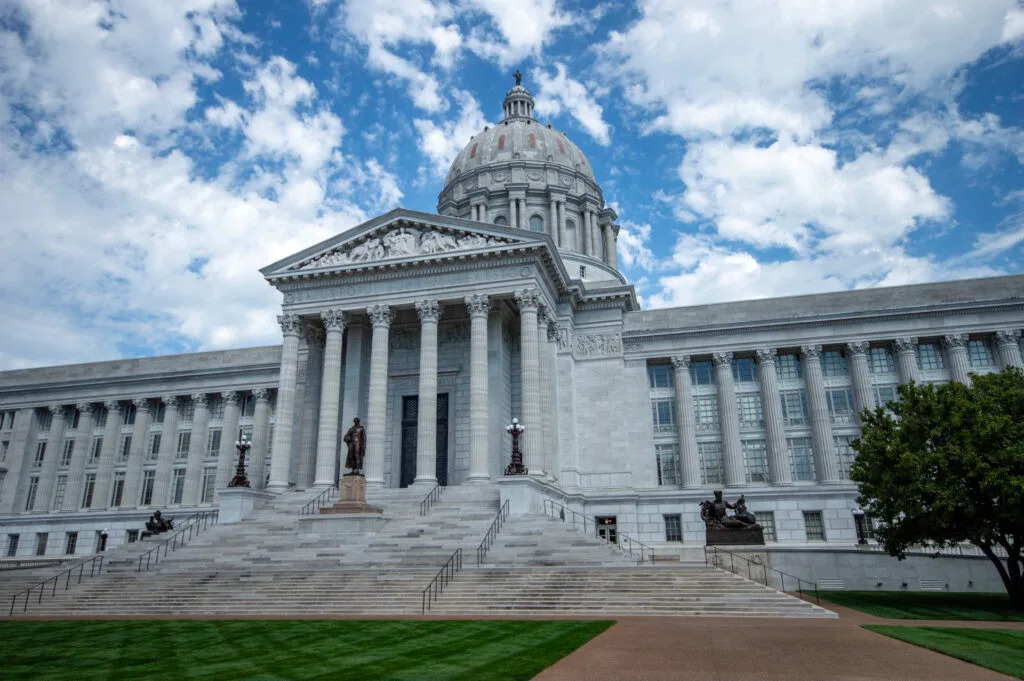
The Missouri State Capitol in Jefferson City, as pictured September 26, 2023 (Annelise Hanshaw/Missouri Independent).
There’s a new congressional district map for Missouri circulating that was produced in Washington, D.C. But a top Republican said Wednesday that she’s been unable to get a look at it.
Jennifer Bukowsky of Columbia, vice chair of the Republican State Committee, said she expects a special session of the Legislature to be called after there is agreement between the Trump White House and the Republican National Committee on how to revise current boundaries.
President Donald Trump and his political advisers are pushing Missouri to join Texas in redrawing districts to favor the GOP. Any proposal is likely to split the 5th District, which is mainly in Kansas City, by adding Republican voters in sufficient numbers to take it away from incumbent U.S. Rep. Emanuel Cleaver.
That would give Republicans seven of the state’s eight seats in the U.S. House instead of the current six.
“I’ve tried to get a hold of the map that I’ve heard about,” Bukowsky said. “I guess I’m not important enough to be consulted.”

The push for redistricting in Republican-led states is an effort to shore up the thin Republican majority in Congress. With a 219-212 majority — four seats are vacant, including three previously held by Democrats — Republicans are worried that a small shift in voter sentiment could put them again in the minority.
Redistricting is usually done in the first legislative session after census data is released and the districts remain in place for 10 years.
Speaking to reporters on Tuesday, Gov. Mike Kehoe said the biggest consideration for him is maintaining the Republican majority in Congress.
“Our goal, if we move forward — and there’s no decision to move forward — is to make sure Missouri’s values are reflected in Washington, D.C.,” Kehoe said. “And I’ve said many times that I think our current speaker does a very good job of matching the values of Missourians.”
Republican members of the Missouri House have been told there will be two caucus meetings scheduled to coincide with the annual veto session, which starts Sept. 10, state Rep. Barry Hovis, a Republican from Cape Girardeau said Wednesday in an interview with The Independent.
One meeting, he said, is presumably to discuss whether there are any vetoes the House wants to override. In the other, Hovis expects an in-depth discussion of redistricting.
For Hovis, one consideration on whether to redraw Missouri’s map will be if Democratic states California, Illinois or New York revise their maps in response to the action in Texas. Gerrymandered districts that give one party far more representation than their share of the overall vote can be seen in every state dominated by a single party, he said. Illinois has a district that looks like a snake, he said, while Massachusetts — where Republicans get about the same share of the vote as Democrats in Missouri — has no GOP congressional seats.
Democrats will complain they are being denied representation, Hovis said.
“If they’re going to bring (Texas) up, I’m going to say, well, ‘we’re just doing what you guys taught us to do’,” Hovis said.
Until Kehoe makes the call, Hovis said, the whole discussion is speculation.
“For me to tell you that I know exactly what we’re going to do here, I truly don’t,” he said.
Missouri’s current congressional map was approved by lawmakers in 2022 after a bitter GOP factional dispute that centered on efforts to draw seven Republican-controlled districts. And with Democrats promising to filibuster any redistricting bill in the Senate, getting a new map approved will also be difficult.
The biggest challenge for Republicans, Hovis said, will be to draw a map that doesn’t put districts the party currently holds at risk with large numbers of new Democratic votes.
“If we go to the Kansas City model, the one that I saw when we did this several years ago, we’re going to have some districts that could be more purple than red, and we could end up being 5-3, real easy, or worst case scenario, 4-4.”
The people most interested in redistricting, Bukowsky said, are incumbents. They want a map that retains the voters who have come to know their name, while potential opponents want a map that includes voters who share their ideology.
“Whenever they’re doing redistricting,” Bukowsky said, “it’s like the two parties are incumbents and challengers.”

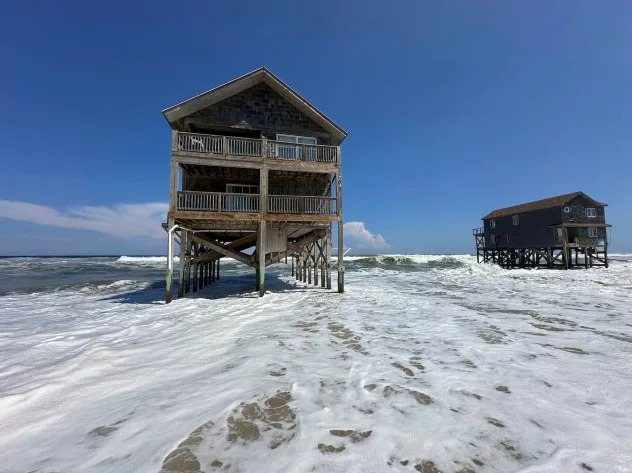

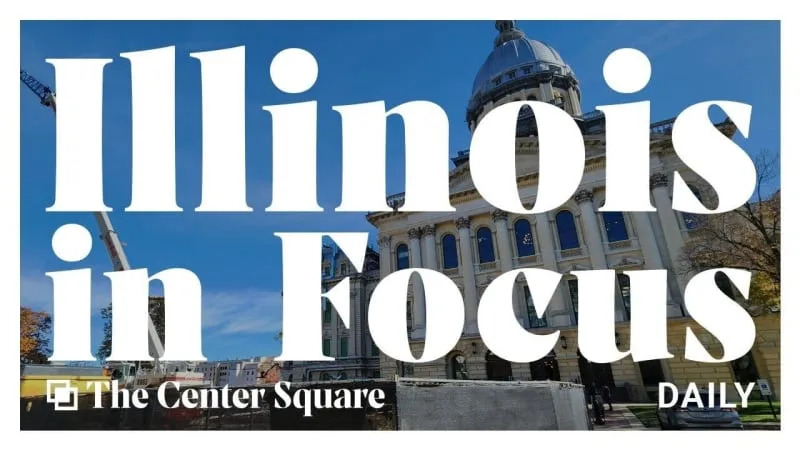
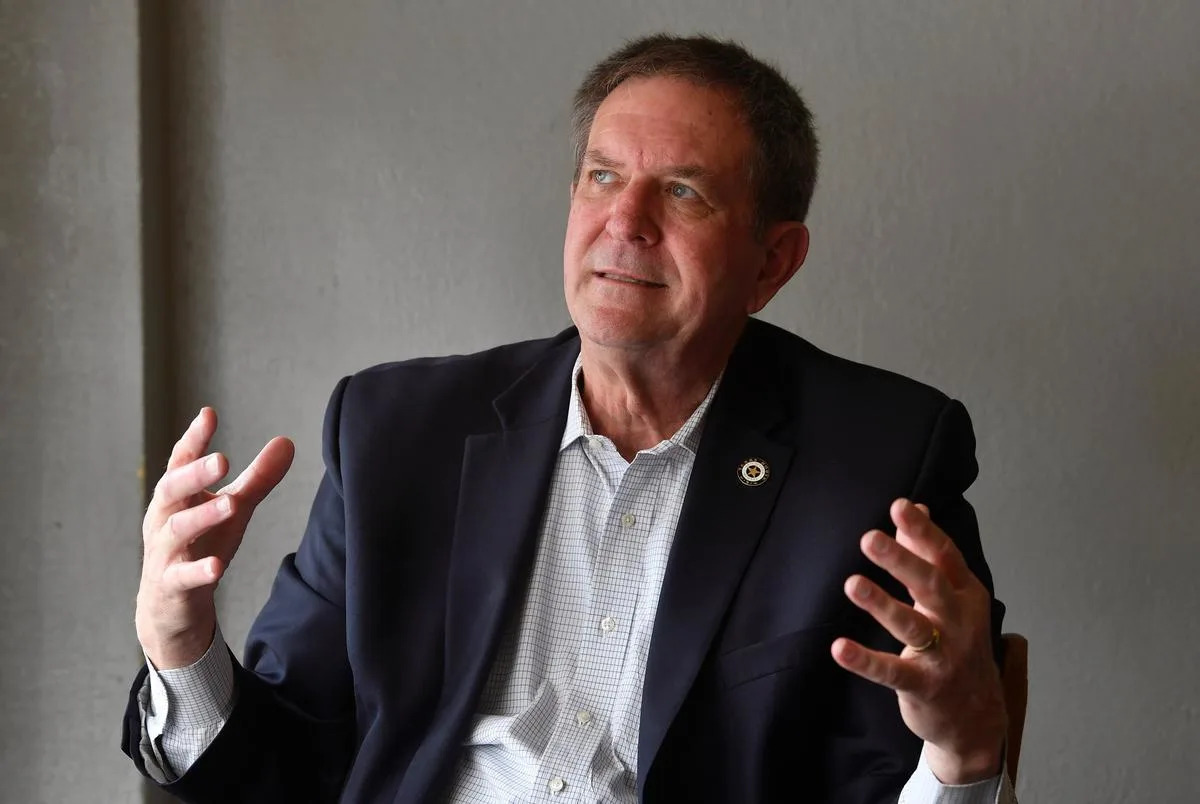

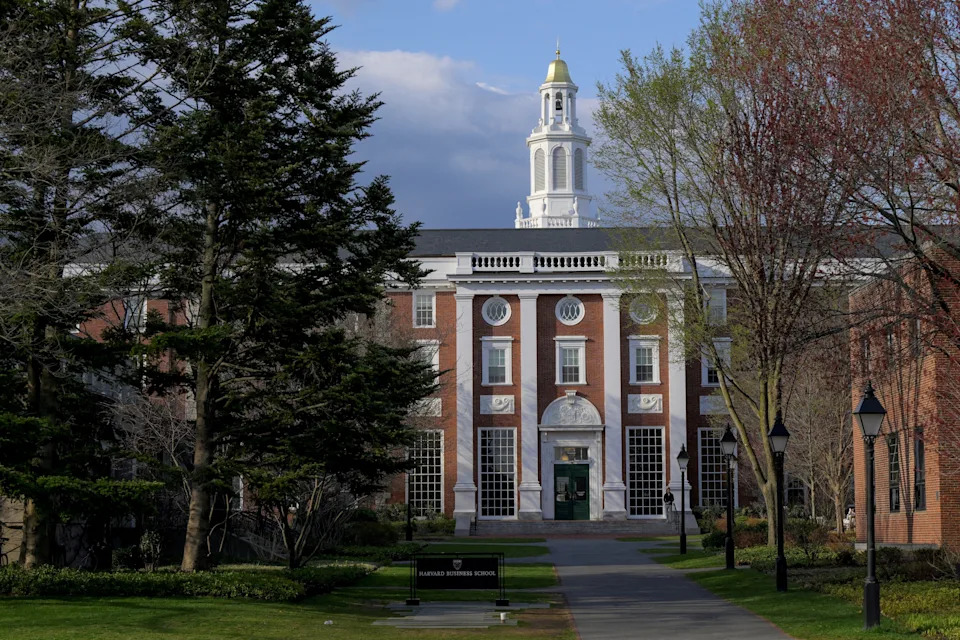

Comments